AI / Detail
Can AI Predict Market Crashes? What We Know (and Don’t)
Michael Jack | 03 August 2025 | 13:15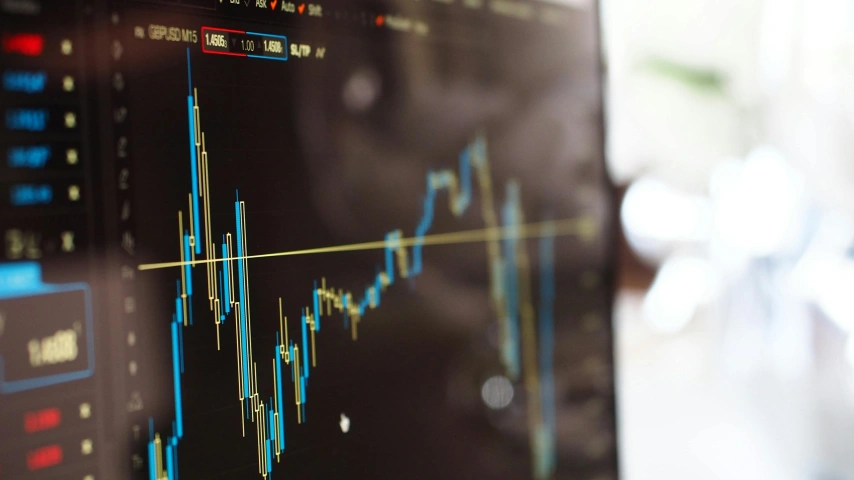
Artificial Intelligence is transforming financial services — but when it comes to predicting stock market crashes, the line between science and speculation is still thin. With new tools promising to “see around corners,” many wonder: can AI actually forecast downturns before they happen?
This article explores what AI is capable of today, what remains guesswork, and how investors should interpret claims about crash prediction.
What AI Is Doing in Stock Analysis
Modern AI models are being trained on massive data sets — including price history, social sentiment, earnings reports, and even satellite imagery — to spot patterns humans might miss.
Some uses of AI in finance today:
- Sentiment analysis from financial news and Twitter
- Technical indicator generation and trend recognition
- Portfolio optimization using reinforcement learning
- Predictive modeling of short-term price movements
These tools can help investors make more informed decisions. But that’s very different from predicting a crash.
The Problem With Predicting Black Swans
Market crashes are “Black Swan” events — rare, unpredictable, and deeply disruptive. While AI thrives on patterns and repetition, crashes often result from shocks that are unprecedented: a pandemic, war, or financial fraud.
Key limitations of AI in this context:
- Historical data is not future-proof: Crashes tend to defy past logic.
- Models can overfit: AI may find signals that don’t actually matter.
- False positives: Predicting a crash that never comes can lead to missed gains or panic selling.
- Human behavior remains irrational: No model can perfectly predict fear-driven decisions.
Where AI Does Help
AI can’t “see the future,” but it can do a few things well:
- Monitor risk in real-time: AI can flag increased volatility, rising correlation among assets, or shifts in sentiment.
- Backtest stress scenarios: Sophisticated models can simulate how portfolios might react to macroeconomic shocks.
- Process unstructured data at scale: News, social posts, and analyst reports can be turned into usable indicators faster than any human.
This makes AI useful for risk management, not prophecy.
A Look at Tools That Try (and How to Use Them)
While no tool can predict a crash with certainty, some offer valuable signals:
1. Kavout Kai Score
Uses AI to rank stocks based on predictive factors. Can indicate when momentum is turning — but not when a crash is coming.
2. Yewno|Edge
Provides AI-generated market signals using news sentiment and ESG data. Best used for sector-level monitoring, not timing exits.
3. Dataminr
Alerts users to real-time “emerging risks” using AI-trained news and social scanning. Often used by hedge funds and media companies.
4. Seeking Alpha (Quant Ratings)
Combines traditional and machine-generated metrics. Helpful for valuation tracking, not for macro prediction.
The Right Way to Use AI in a Volatile Market
- Use AI tools to enhance awareness, not replace strategy.
- Rely on diversification and fundamentals, not timing calls.
- Treat crash prediction headlines with skepticism and look at the model's transparency.
Expert Insight
“Most people asking if AI can predict crashes are really asking for certainty,” says Peter Lenz, a financial data scientist. “But no model removes risk. The smartest investors use AI to see better — not to see everything.”
Call to Action:
If you’re curious about using AI in your investment workflow, start with transparency. Choose tools that clearly explain what they do, how they train, and what signals they actually offer. Use them to monitor, not to time the market — and always combine machine judgment with human common sense.
Tag
Related
-

Invisible Computing and the Rise of Smart Glasses: Market Dynamics, Strategies, and Challenges Ahead
AI22 August 2025
-

AI and Biotechnology Convergence: Shaping the Future of Precision Medicine
AI21 August 2025
-
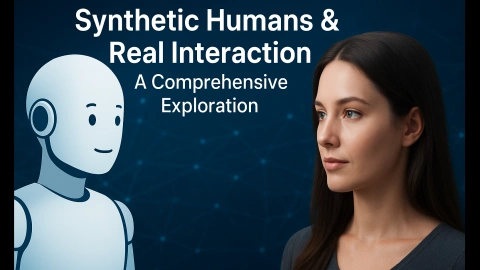
Synthetic Humans and Real Interaction: A Comprehensive Exploration
AI20 August 2025
-
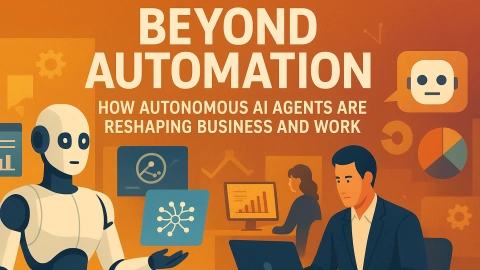
Beyond Automation: How Autonomous AI Agents Are Reshaping Business and Work
AI19 August 2025
-
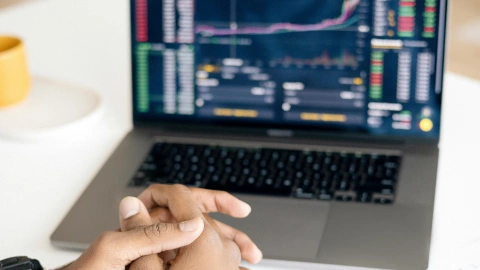
Best AI Tools for Stock Research in 2025: What’s Worth Using?
AI03 August 2025
-
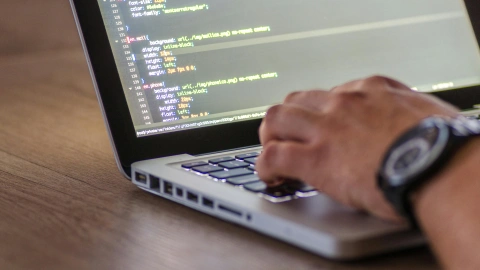
Subscription Fatigue? How to Choose SaaS That Delivers Real ROI
AI31 July 2025
Editor's Pick
-

-

Can AI Predict Market Crashes? What We Know (and Don’t)
03 August 2025 -

-

-
